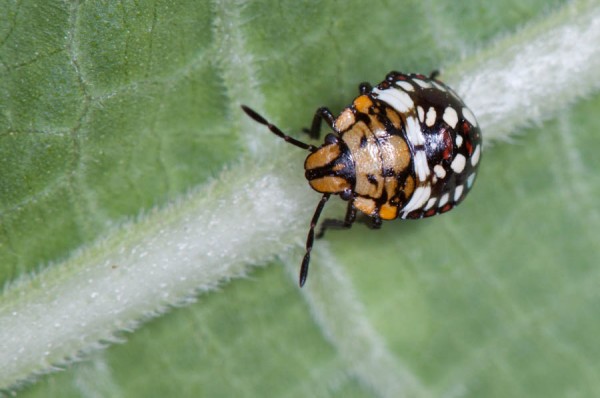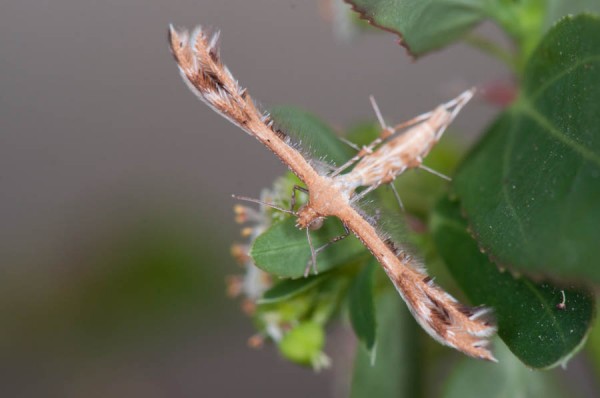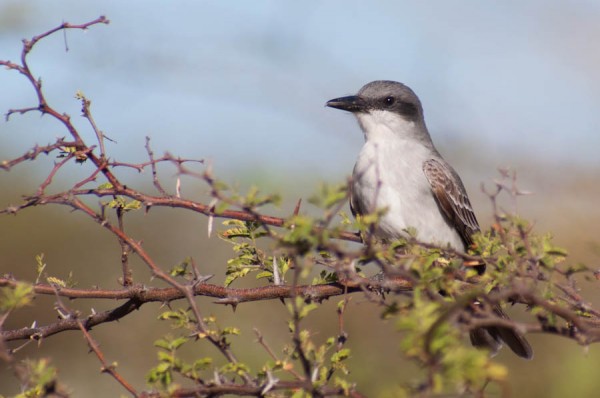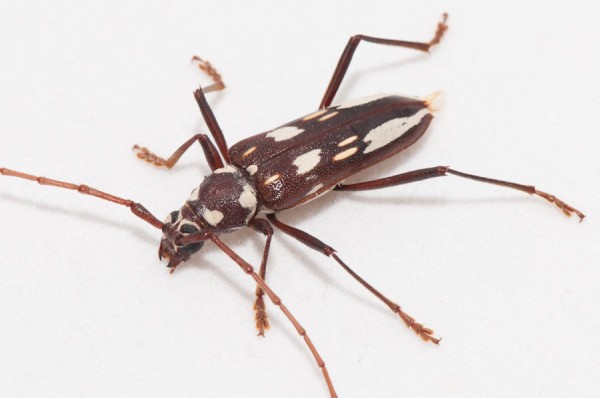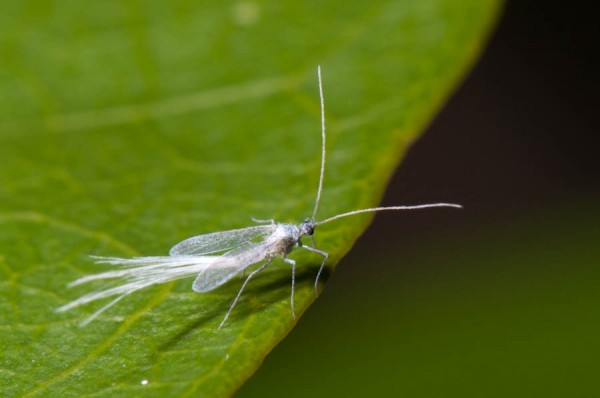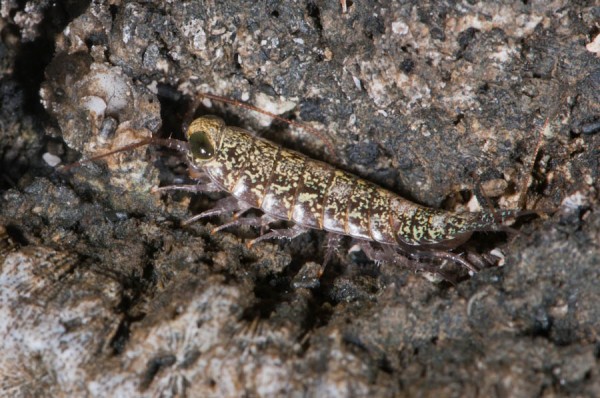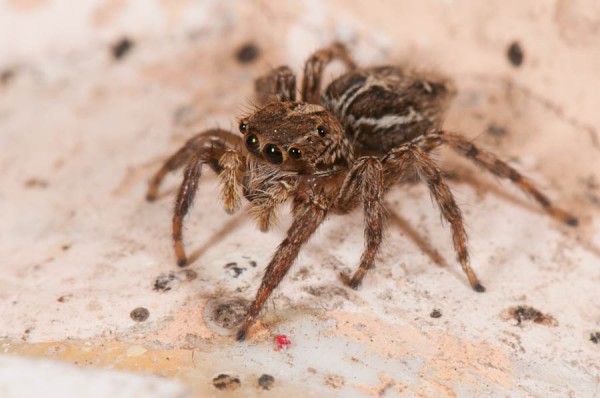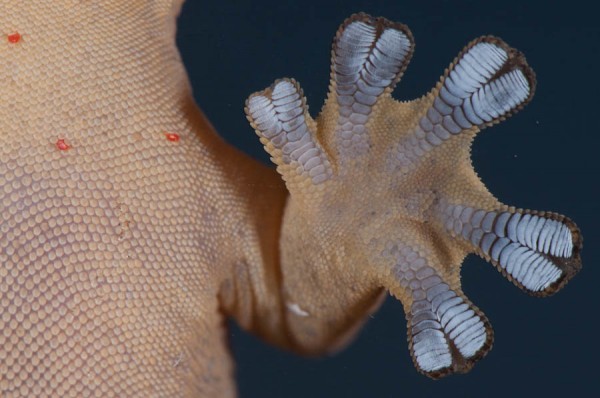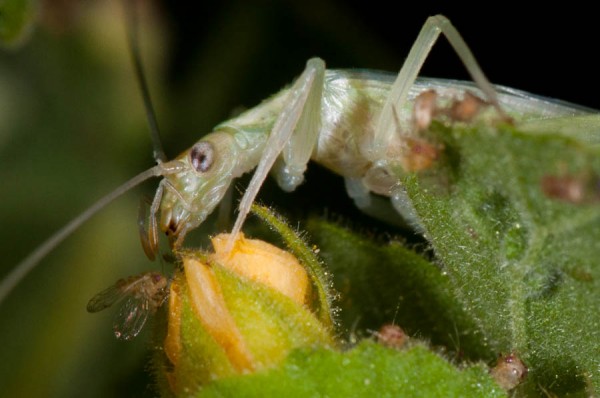Anguilla Bank Anole
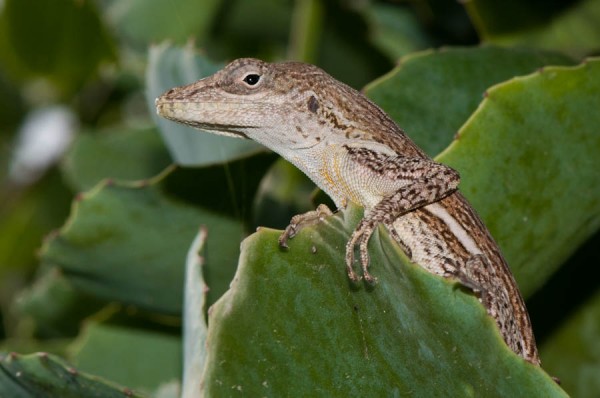
The Anguilla Bank anole is found throughout the Anguilla Bank: Anguilla, St. Martin, St. Barts and most of the smaller islets in the area. Why? Because during the last ice age, all these islands were connected. During the height of the last glacial period, about 12,000 years ago, the sea level was about 120 meters lower than it is today. […]

